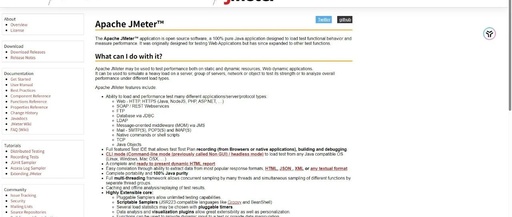Daphne: The Amazing Python Library for HTTP Servers!
▼ Click the card below to follow me ▲ Click the card above to follow me Daphne: Let Your Django Asynchronous Journey Take Off! 🚀 Asynchronous programming has always been a love-hate topic in Python backend development. Especially when dealing with high-concurrency network applications, traditional synchronous servers often fall short. Today, we will talk about … Read more









